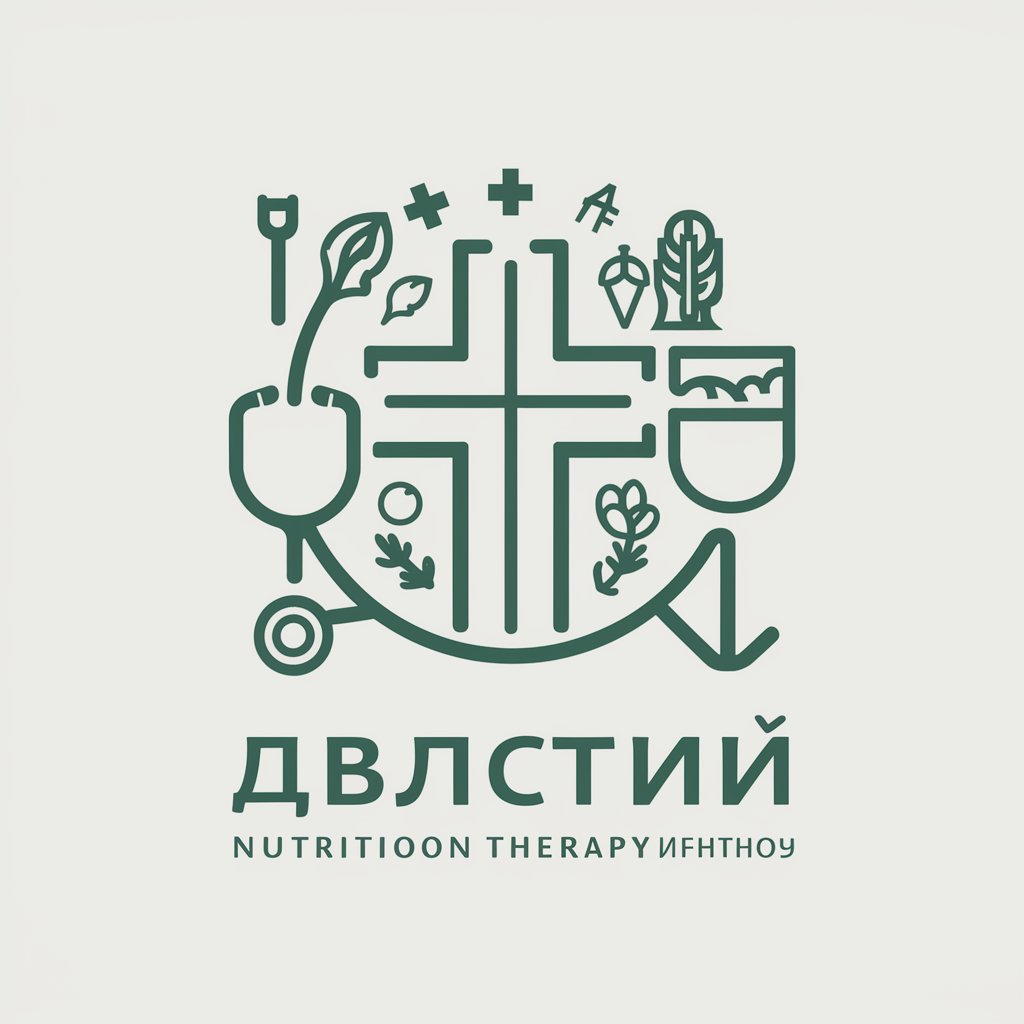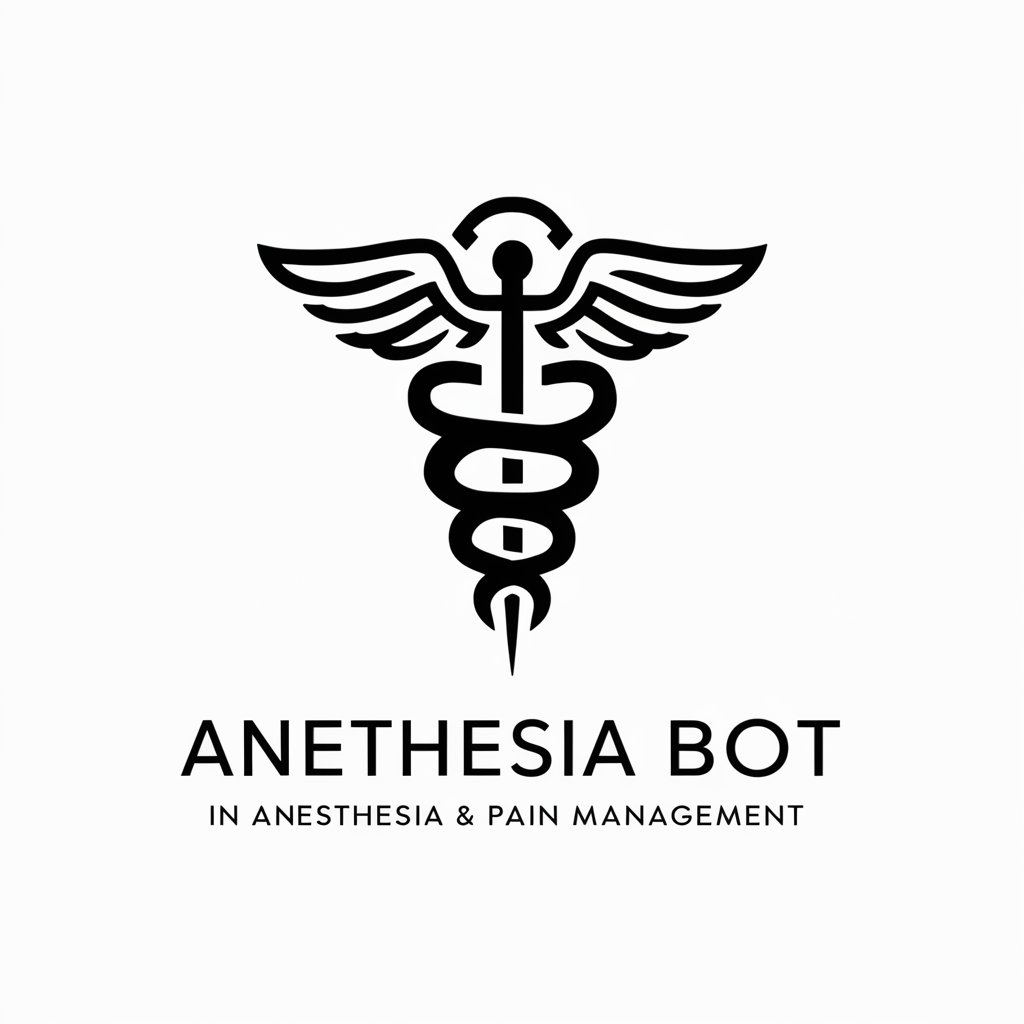
日本版重症患者の栄養療法ガイドライン - Critical Care Nutrition Guide

Welcome to the guide on nutritional therapy for critically ill patients in Japan.
Optimizing nutrition for critical care
Discuss the importance of early nutritional intervention in critically ill patients.
Describe the guidelines for initiating enteral nutrition in ICU settings.
Explain the role of multidisciplinary teams in implementing nutritional therapy for severe cases.
Outline the benefits and risks of parenteral nutrition for critically ill patients.
Get Embed Code
Introduction to the Japanese Guidelines on Nutritional Therapy for Critically Ill Patients
The Japanese Guidelines on Nutritional Therapy for Critically Ill Patients were established by the Japanese Society of Intensive Care Medicine's guideline committee, launched in October 2012. Unlike existing guidelines that broadly cover nutritional management across various cases, these guidelines specifically target critically ill patients. They incorporate treatments not mentioned in international guidelines but practiced in Japan, as well as treatments recognized internationally but not practiced in Japan, thereby offering recommendations adapted to clinical practices within the country. The development involved considering existing systematic reviews, meta-analyses, recommendations from international guidelines, and conducting systematic reviews where necessary. The guidelines emphasize 'nutritional therapy' over 'nutritional management' to highlight the impact of nutrition on the prognosis of life-threatening conditions and aim for their appropriate application in clinical settings. Powered by ChatGPT-4o。

Main Functions of the Japanese Guidelines on Nutritional Therapy for Critically Ill Patients
Offering Recommendations Tailored to Japanese Clinical Practices
Example
Incorporating treatments practiced in Japan that are not mentioned in international guidelines, and vice versa, to provide recommendations that are specifically adapted to the clinical environment in Japan.
Scenario
For example, the guidelines suggest adaptations in the treatment of severe acute pancreatitis or major burns, conditions that may have specific treatment modalities in Japan compared to those recommended internationally.
Guiding Nutritional Therapy Based on Patient's Condition and Phase of Illness
Example
The guidelines provide detailed recommendations on the initiation of nutritional therapy, assessment of nutritional status, choice of nutritional route (enteral vs parenteral), and adjustments based on the patient's dynamic condition.
Scenario
In the case of patients with severe sepsis, extensive burns, or severe trauma, the guidelines recommend early and appropriate nutritional interventions tailored to the catabolic state and specific metabolic demands.
Systematic Review and Meta-analysis for Evidence-based Recommendations
Example
When necessary, conducting systematic reviews to reevaluate past evidence and make recommendations based on a systematic assessment of the literature.
Scenario
If new research becomes available that could influence the guidelines' recommendations, a systematic review of this research is conducted to determine whether the guidelines need to be updated.
Ideal Users of the Japanese Guidelines on Nutritional Therapy for Critically Ill Patients
Healthcare Professionals Involved in Intensive Care
Doctors, nurses, nutritionists, pharmacists, physiotherapists, and clinical laboratory technicians involved in the nutritional therapy of critically ill patients. The guidelines serve as a reference for these professionals to make informed decisions regarding nutritional therapy.
Researchers and Academics in Nutrition and Intensive Care Medicine
Individuals engaged in the study and teaching of critical care nutrition. The guidelines provide a foundation for academic research, education, and the development of new therapeutic strategies in the field of critical care nutrition.

Guidelines for Using the Japanese Guidelines for Nutritional Therapy in Critically Ill Patients
1
Access yeschat.ai for a free trial, no login required, and no need for ChatGPT Plus.
2
Identify the specific nutritional therapy needs of the critically ill patient based on their medical condition, including assessing their nutritional status and energy requirements.
3
Select the appropriate nutritional intervention strategies from the guidelines, considering factors such as the route of nutrition (enteral vs. parenteral), energy and protein needs, and the timing of nutritional support.
4
Monitor the patient's response to nutritional therapy closely, adjusting the treatment plan as needed based on clinical outcomes and changes in the patient's condition.
5
Utilize the guidelines to collaborate with a multidisciplinary team, ensuring comprehensive care that integrates nutritional therapy into the overall management of critically ill patients.
Try other advanced and practical GPTs
DevOps with AI Assistant
Streamline DevOps with AI Insight

Tweet Optimizer
Elevate Your Tweets with AI

Tweet Crafter
Empower Your Tweets with AI

Ohho AI-Retro character
Unleash Creativity with AI-Powered Art

Character Sheet AI
Craft Your Adventure with AI

Alchemyst - AI Character Creator
Craft compelling characters with AI

Jetpack Composeガイドライン
AI-powered Jetpack Compose Mastery

どんな髪型にカットしてもらおうか悩んだら
Transform your look with AI-powered hairstyle makeovers.

Audio Connection Guru
Empowering your audio creation journey with AI.

Quest Drafter
Craft Your RPG Adventure with AI

Indie MZ
Empowering RPG Creation with AI

RPG Map Maker - Expert Cartographer
Craft Your World with AI-Powered Mapping

Q&A about the Japanese Guidelines for Nutritional Therapy in Critically Ill Patients
What is the primary goal of the Japanese Guidelines for Nutritional Therapy in Critically Ill Patients?
The primary goal is to provide evidence-based recommendations for the nutritional management of critically ill patients, focusing on optimizing nutritional support to improve clinical outcomes.
How does the guideline suggest assessing a critically ill patient's nutritional status?
It recommends a comprehensive assessment that includes screening for nutritional risk, evaluating nutritional intake and losses, and considering factors such as weight changes, laboratory values, and the severity of illness.
What does the guideline recommend for the timing of nutritional therapy in critically ill patients?
The guideline emphasizes the importance of early nutritional intervention, ideally within 24 to 48 hours of ICU admission or recognition of nutritional risk, to mitigate the adverse effects of malnutrition.
How does the guideline address the route of nutritional support?
It prioritizes enteral nutrition whenever possible, due to its benefits in maintaining gut integrity and reducing the risk of complications associated with parenteral nutrition.
What are the recommendations for energy and protein requirements according to the guideline?
The guideline provides specific recommendations for estimating energy and protein needs, considering factors like metabolic stress, the patient's condition, and goals for caloric intake and protein administration.





